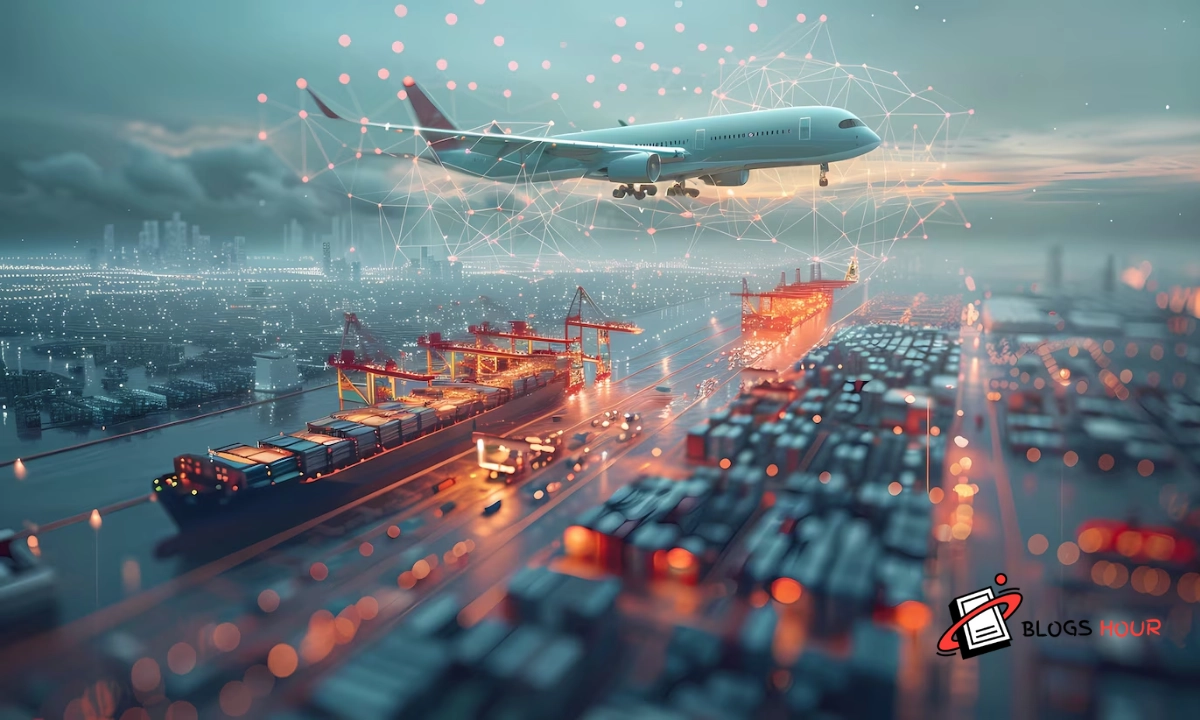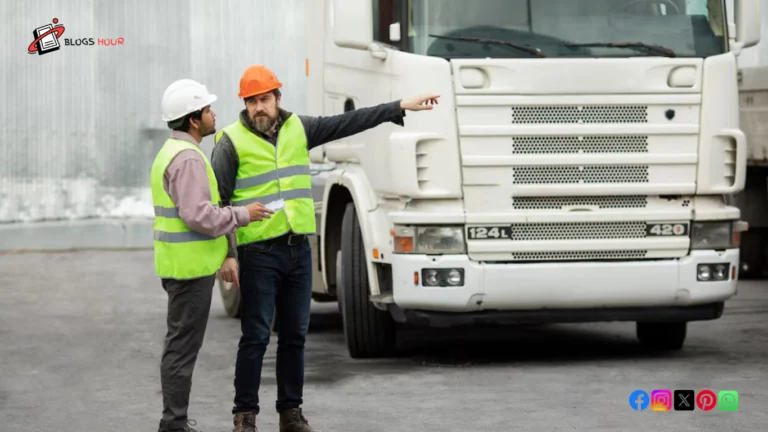Innovations in Logistics: Paving the Way for Smarter Trade
The logistics space sits at the epicenter of modern commerce. This is instrumental as innovations in this sector can help in minimizing costs, enhancing operations and achieving high customer satisfaction. Recent advances in technology trends point towards the digitization and automation of your supply networks on a scale never before possible and allow for interfaces not only between departments, but across organizational boundaries that improve overall supply chain transparency and efficiency. This shift has forced professionals such as a trucking accountant to adapt their roles as well; they now use advanced software for comprehensive financial reporting and predictive analytics, aiding in strategic decision-making and budgeting.
Technological Advances: The Digital Revolution
The logistics sector is ushering in a digital revolution and an entirely new landscape of smart systems in which information systems are networked together. Cloud-based platforms facilitate smooth communication within global supply chains. Simultaneously, IoT devices provide exact transit control of goods and monitoring. Also, these developments have led to the creation of complex fleet management solutions, which use GPS data in real-time for route optimization and ease of delivery. Technology such as blockchain is gradually rolling out to secure transactions and data throughout the supply chain, establishing an immutable ledger of operations and fostering trust between trade partners. Furthermore, the use of new technologies like Artificial Intelligence and Machine Learning is also being used to predict demand surges, adjust stock levels and even automate customer service through intelligent chatbots to enhance operational effectiveness.
The Greening of Logistics: Sustainable Practices
With growing concern over environmental impact, logistics companies across the globe are adopting sustainable practices to fulfill their corporate social responsibility. Logistics innovations often go hand in hand with environmentally sustainable practices, which help minimize supply chain carbon footprints. Companies are testing electric and hybrid vehicles, enhancing fuel economy and lowering greenhouse gas emissions, among other things. Another solution is to use biodegradable packing materials instead of conventional plastic packaging, so your product can still be recycled once used up, and having a mindset of a circular economy in mind (one that supports disassembly and reuse of products) goes a long way in reducing environmental impact. Logistics companies are encouraged to switch over or invest in renewable energy sources and other green alternatives as governments implement stringent emission and waste management legislations.
The Struggles and Triumphs in Logistics and Zodiac Sign
Although technology opens up new avenues for growth, the logistics industry is not without its challenges. The customs delays, volatile fuel prices and geopolitical tensions can create potentially huge bottlenecks. But these challenges are accelerants for innovation. For example, predictive analytics allows companies to identify and reduce the risk associated with supply chain disruptions. Plus, new technologies in 3D printing will change how products are made and shipped around the world, with much being produced locally and as needed, with less transported across long distances. The rise of global trade management software also helps to untangle the complexity of international logistics, aiding companies in compliance with the myriad global trade regulations and helping to mitigate against costly delays.
Beginners Guide to the Supply Chain Optimization
Each phase in the supply chain can be optimized for better performance. Employing integrated logistics management systems for real time data sharing can greatly enhance visibility and collaboration among all stakeholders. Big data helps them to do so, leading to predictive modeling for demand forecasting and therefore also improving the accuracy of their inventory. Moreover, the integration of robotics and automation in warehouses continues to expand, optimizing picking and packing operations while minimizing human error and enhancing safety. These technological breakthroughs reinforce operational efficiency and enable organizations to respond more effectively to market demands and customer needs.
Logistics Trends and Predictions for the Future
When we look at the horizon of logistics, the conversation quickly turns to autonomy and sustainability. The impression of a surge in autonomous vehicle technology indicates that driverless trucks could soon become a common feature of our ROADS, especially on long-haul journeys, reducing labor costs and enhancing road safety. There is also a burgeoning interest in the use of hyperloop for transporting cargo in a way that is faster and more energy-efficient than current rail and trucking methods, as a new piece from Popular Mechanics explains. These innovations — and the implementation of analytics powered by AI — could drive logistics to become a practically wrinkle-free aspect of global commerce, providing speedy, secure, and greener delivery solutions.
The Autonomous Vehicle Revolution
These autonomous vehicles are revolutionizing transport and logistics. These autonomous vehicles are outfitted with a range of high-tech sensors and artificial intelligence as they navigate their way down roads and deliver goods in a more efficient manner. The elimination of drivers allows businesses to reduce expenses while also increasing their efficiency, thus improving delivery speed and reliability.
The Impact of Innovation
These advancements are changing how we transport goods and people. Faster deliveries, lower costs and better inventory management are all benefits of using them for businesses. Now consumers can look forward to shorter waiting times, increased transparency with tracking and a more sustainable way to transport goods.
The Bottom Line: What Will Happen in Logistics
In summary, the world of transport and logistics is undergoing an exciting transformation driven by digitalization and a strengthening of sustainability commitment. Logistics, therefore, are subject to the same principle: In order for companies to remain competitive, they must not just embrace the changes, but also help to shape the future of logistics. Companies do thrive, and investing in new technologies, embracing sustainable practices, and bracing for the unpredictability of the global market are some of the ways to do it. Emerging trends suggest a vibrant landscape ahead where logistics will be pivotal in both business prosperity and global consumer satisfaction.




